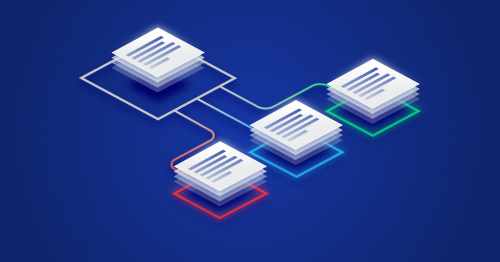So… What is Corporate taxonomy? A particular type of controlled vocabulary that reflects the context, target audience, and content of an organization is corporate taxonomy. It makes it possible to develop various corporate website functions; including content organization, search, navigation, competitive research, etc., by representing all of the organization’s information objects. So, continue reading Corporate Taxonomy: Build It With This API, and learn about IAB Tech Lab’s Content Taxonomy, a useful API for your business.
Identification of criteria for faceting the contents of the website
We understand by facets the aspects, properties, or characteristics of a specific reality that are clear; mutually exclusive, and, together, exhaustive. Each of the facets is broken down into categories of different levels of specificity. For example, in the case of wine, one facet could be color; and this could be broken down into categories: white, red, and rosé.
To correctly identify the facets, the result of the analysis of the context; we have to take into account the audience, and the contents. Later, in the presentation phase of the taxonomy, we must decide whether to prioritize a limited number of facets and the order in which we will present them.
Lexicon Extraction
The objective of this phase is to identify all the terms or categories that designate the concepts of the domain. Each category must be linked to at least one of the facets established in the previous phase. For the extraction, we have to use different types of sources: personal, documentary, etc., and even pre-existing taxonomies. For each type of source, it is possible to locate the organization’s own (internal) resources and external resources.
It is necessary to record all the possible designations of the same concept and all the forms that a designation can take. In addition, it is convenient to record some details of each designation; for example, sources in which they appear, frequency of appearance, co-occurrence with other designations, etc.
Lexicon control
It is possible that in the previous phase we identified different possible designations for the same concept (synonyms or quasi-synonyms) and/or that the same designation has different possible forms (grammatical, orthographic, etc.). Thus, the effectiveness of a corporate taxonomy recommends the establishment of a preferred term to represent each of the concepts that make up its domain.
The purpose of checking the lexicon is to determine which are these preferred categories, taking into account that, due to the custom nature of the taxonomy; the alternatives in internal sources should be preferred to those registered in external sources. At this point, we proceed to establish equivalence relationships between preferred and non-preferred designations, as well as to remove ambiguity from the polysemic terms accepted as preferred categories.
Development of the taxonomy structure
The objective of this phase is to identify and establish two types of relationships between the categories of the taxonomy: the hierarchical relationship and the associative relationship. Thus, the result will be a controlled vocabulary in the form of a conceptual structure.
Besides, the hierarchical relationship is based on degrees or levels of superior order and subordination, in which a general term represents a whole or class and the subordinate terms correspond to its members, parts, or instances. All categories of a facet must connect to each other by hierarchical relationships.
The associative relationship connects categories (of different facets) from associations of ideas that can occur between: an action and its result or product; a concept and a property thereof; a product and the material that compose it; and so on. Besides, the connection through associative relations we will establish only when it can reveal potentially useful alternative terms for the user when retrieving information.
Audience participation is useful when establishing hierarchical and associative relationships through the application of techniques such as card sorting.
It is important that all the criteria established during the process are collected in a manual of guidelines and specifications, which will allow the maintenance and evolution of the taxonomy in a consistent manner.
Check Text Classification IAB Taxonomy For The Design Of Your Corporate Taxonomies
The Content Taxonomy has evolved over time to provide publishers with a consistent and easy way to organize their website content. For example, to differentiate “sports” vs. “news” vs. “wellness” material. IAB Tech Lab’s Content Taxonomy specification provides additional utility for minimizing the risk that content categorization signals could generate sensitive data points about things like race, politics, religion, or other personal characteristics that could result in discrimination.

Some frequent questions…
What this API receives and what your API provides (input/output)? Just pass the text that you want to categorize and you will get its IAB taxonomy. Simple as that!
Are there any limitations with your plans?
Besides API call limitations per month:
Testing Plan: 5 requests per second.
Basic: 10 requests per second.
Pro: 30 requests per second.
Pro+: 60 requests per second.


